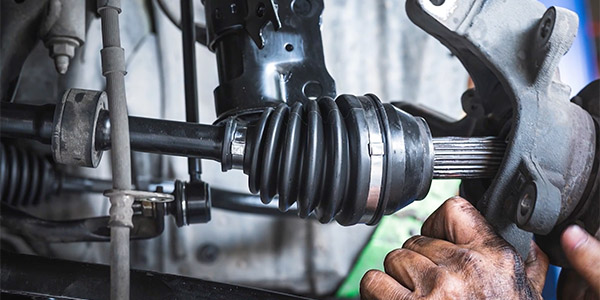CC:
Fuel economy standards and emissions regulations have continued to tighten in recent decades. To stay in compliance, OEMs have turned to gasoline direct injection (GDI) systems in late-model vehicles. These systems are able to measure and control the amount of fuel entering the combustion chamber more accurately, boosting fuel economy and maximizing power output. Let’s begin with an overview of the system, then we’ll look at a few common failures you may come across in your shop.
The low-pressure fuel pump is mounted inside the fuel tank, and it sends fuel through the fuel lines and up to the high-pressure fuel pump. This pump is typically mounted on the engine and is driven by a lobe on the camshaft. The fuel pressure is then increased to extremely high pressures – some applications may see 3,000-5,000 psi. The fuel then travels to the injectors which are mounted inside the cylinder head and injected directly into the combustion chamber.
So why does the fuel pressure need to be so high? Port fuel injectors spray fuel in a vacuum, and that vacuum draws the fuel vapors into the combustion chamber. But direct injectors need to be able to overcome the higher pressures seen inside the combustion chamber, so the fuel pressure needs to be much higher compared to port injection.
The increased fuel pressure has another benefit – the fuel is able atomize much better compared to port fuel injection. The more atomized the fuel is, the better it burns, and the engine can run much more efficiently. In many late-model vehicles, lower displacement engines with GDI are able to make 20% more power with 20% less displacement when compared to bigger engines from a decade ago.
Whenever servicing a GDI system, keep an eye out for the following common issues. It’s especially important that the engine oil is changed according to the OEM maintenance guide. It’s just as important to use the correct viscosity and type of oil, regardless of vehicle age or mileage. If the oil is not regularly changed, or if the incorrect oil is used, it could spell disaster down the road. It can speed up the formation of carbon deposits on the intake valves, but it can also lead to abnormal wear on the camshaft lobe which drives the high-pressure fuel pump.
Finally, the fuel lines after the HPFP feature specialized end fittings which seal against the mating surfaces on the pump and injectors. These end fittings will leak if they are improperly tightened. In many applications, you may be required to replace the line any time it is removed. So, be sure to check the OE service information before starting the repair.
This video is sponsored by Standard® Brand.













